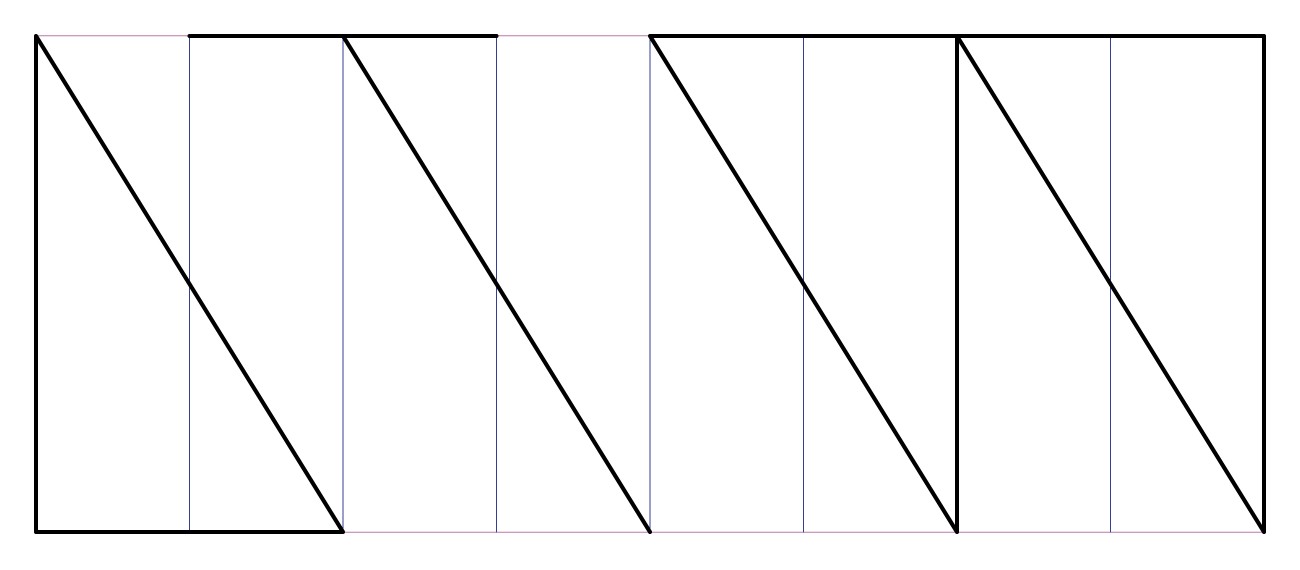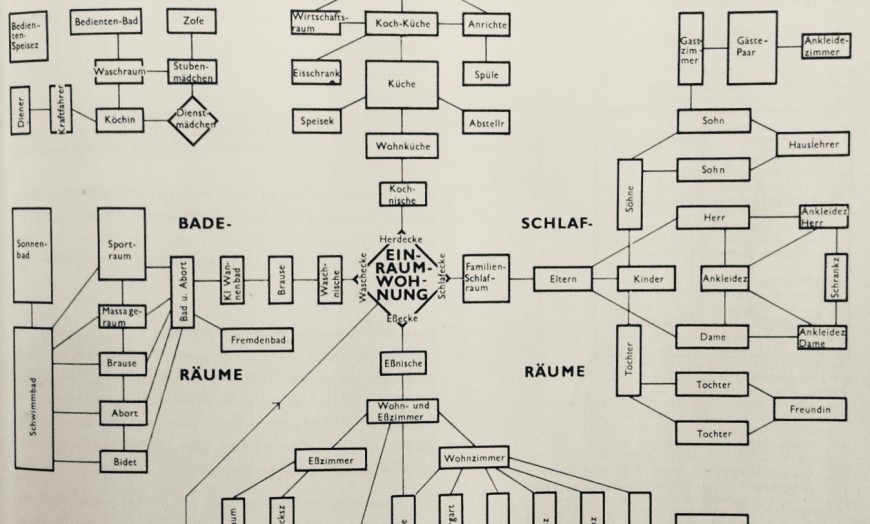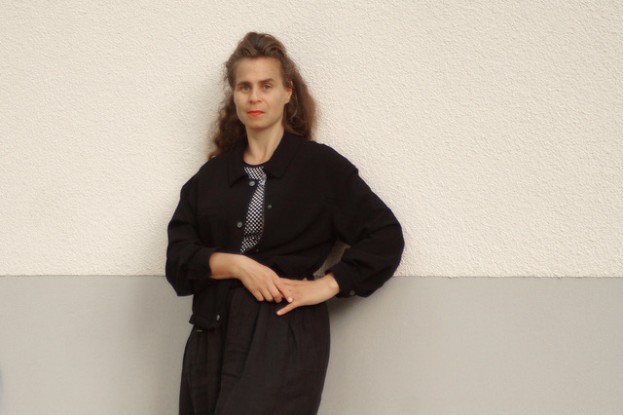Coding Objects
Proto-Algorithmic Thinking in Architecture
Located in the seams between what conventionally gets called “architecture history” (monographic accounts or analysis of large-scale buildings) and history of science and technology, this project benefits from such disciplinary overlap. Treating algorithmic thinking as inseparable from an aestheticized rationalism uncovers a profound aesthetic and epistemic convergence between seemingly opposed historical movements and actors. This project brings to the fore the urge to question a ready dichotomy of design and bureaucracy, and of “neutral” technology and morality. Placing a history of algorithmic thinking in spatial vicinity to the making of architecture and the history of science promises to unveil uncomfortable friction and productive affinities necessary for this history to bear on the present.This research project aims to construct a portrait of algorithmic thinking as a set of both human and aesthetic negotiations alongside the technical collection and commutation of data points through prescribed programs. We investigate several case studies of the 19th and 20th century, where architects together with bureaucrats tried to devise methods to automate design. This project employs three modes of scholarly expertise: rigorous, in-depth individual archival research to prepare the case studies, intensive interdisciplinary exchange in an international symposium to work out shared terminology and test methodologies with other scholars, and, lastly, a series of publications as public contribution to a discourse that urgently needs historical scholarly attention.




